FINISHING PRACTICES
FINISHING PRACTICES
Until recently, the commercial meat market focused almost exclusively on grain-finished products. This is the environment in which bison producers and marketers struggled to introduce their products to the American public through the years.
Quality and consistency was a major impediment to establishing a commercial market for bison in the early years. As one marketer recalls, “When I started 26 years ago, most of the bison was being marketed by the exotic game purveyors. There was little quality control. Age, body condition and the presence of fat/fat color did not matter – it was buffalo.”
Producers began developing practices and protocols that would address the problems of inconsistency in quality and supply, and would produce meat appealing to a wider segment of the public. Even so, those practices were developed with a strong recognition to the basic realities of bison biology and social behavior.
First of all, confinement in corrals for finishing is conducted under a much shorter time period than similar finishing regimens for beef. All bison—regardless of finishing protocols—spend the majority of their lives on pasture. A survey conducted by the National Bison Association found that bison finishing operations typically keep bulls in finishing facilities for 180 days or less, and female animals for 120 days or less. Bison have not been bred to contain internal fat marbling that is common in choice and prime beef. Consequently, there is little financial incentive for producers to keep animals in finishing facilities any longer than necessary.
Because any meat carries the flavor of the feed the animal consumed prior to harvest, finishing on a ration containing a mixture of grain and forage produces a product that has consistent flavor from season-to-season, and region-to-region. Additionally, the finishing ration produces meat with a white fat cover, which is desired among many consumers.
Not all finishing systems utilize a grain-based ration. Bison can be finished on a diet of grass hay and forage, but may still be kept in corrals for a period of time to facilitate handling prior to slaughter.
Bison in finishing facilities consume a diet that is much less “hot” than a typical cattle ration, with a lower percentage of energy (fat) and a higher level of roughage. The bison’s diet must consist of components that are both conducive to conversion and amenable to the digestive tract of the bison and their evolutionary reality. Producers thus often mimic the nutritional regimen of the most selectable flora, but supply additional energy for balance. Diet components that are synthetic, or that artificially promote growth are prohibited by the bison industry and the NBA’s Code of Ethics. Further, bison are frequently finished with feed provided in a “free choice” arrangement. This allows the animals to self-select how much grain and forage they consume to meet their nutritional requirements.
Finishing protocols are one reason for keeping bison in pens, but there are other reasons as well.

FINISHING PRACTICES
BIG HORN BISON PRODUCTION & CONSERVATION
The Big Horn Bison Ranching System is structured to support bison production and conservation. Big Horn Bison owns the land encompassing our Big Horn Ranch. We are excited to build our herds over the coming years using these native and historical lands.

